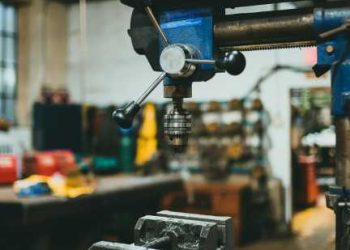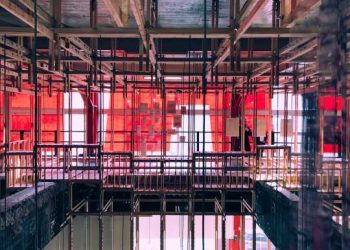Exploring the Adoption of Virtual and Augmented Reality in Manufacturing
As technology continues to evolve at a rapid pace, industries across the board are seeking innovative ways to improve their processes and enhance efficiency. One industry that has tremendous potential for growth and improvement with the adoption of virtual and augmented reality is manufacturing.
Virtual reality (VR) and augmented reality (AR) are two groundbreaking technologies that have the power to revolutionize the way we work and interact with our surroundings. While there are some similarities between the two, there are also distinct differences that make each technology unique.
Virtual reality immerses users in a completely digital environment that is often created using computer-generated graphics. With the help of a VR headset, users can feel as though they are physically present in an entirely different world. Augmented reality, on the other hand, combines elements of the physical world with digital overlays to enhance the user’s perception and interaction with their surroundings.
One of the main advantages of VR and AR in manufacturing is the ability to visualize and simulate complex processes and systems. By creating realistic virtual models, engineers and designers can thoroughly analyze and test their concepts before committing to physical production. This not only saves time and money but also reduces the number of iterations required to achieve the desired outcome.
Moreover, VR and AR can play a crucial role in training and education within the manufacturing industry. For instance, new employees can be trained in a virtual environment where they can safely learn how to handle equipment or operate complex machinery. By providing hands-on virtual training, companies can significantly reduce the risks associated with on-the-job training, such as accidents and equipment damage.
Additionally, VR and AR can greatly enhance collaborative efforts within a manufacturing setting. With virtual conferencing capabilities, teams from different locations can come together in a shared digital space, allowing for real-time communication and cooperation. This is particularly beneficial for global manufacturers who often need to coordinate efforts across multiple time zones or physical locations.
Another application of VR and AR in manufacturing is the potential for remote assistance and maintenance. Technicians can use AR-enabled glasses or headsets to receive real-time guidance from experts located elsewhere. With the help of digital overlays and guided instructions, technicians can easily diagnose and repair equipment, reducing downtime and improving overall productivity.
Furthermore, VR and AR can also contribute to improving safety standards in manufacturing. By providing virtual training and simulations, workers can learn how to navigate hazardous environments or practice emergency response procedures without putting themselves in actual danger. Additionally, AR can display real-time safety information or warnings to workers, helping them make informed decisions and avoid potential risks.
Despite the many advantages of these technologies, there are still some challenges that need to be overcome for widespread adoption in manufacturing. One of the main barriers is the initial cost of implementing VR and AR systems. However, as technology continues to develop and costs decrease, these barriers will likely be less of a hindrance.
Another challenge is the need for skilled personnel who can design and create effective VR and AR experiences. While there is a growing demand for professionals in this field, there is still a shortage of talent with the necessary expertise. As education and training programs catch up, this issue will likely be addressed.
In conclusion, the adoption of virtual and augmented reality in manufacturing has the potential to transform the industry in numerous ways. From improving design and prototyping processes to enhancing training and collaboration, these technologies offer significant benefits that can result in increased efficiency and productivity. As technology continues to advance and costs decrease, it is only a matter of time before VR and AR become commonplace tools in the manufacturing sector.












